What Is Material Handling?
Material handling encompasses the movement, protection, storage, and control of materials and products throughout manufacturing, warehousing, distribution, and the overall supply chain
It spans everything from loading and unloading trucks to picking items from shelves, all with the goal of streamlining operations, enhancing efficiency, and ensuring a seamless flow of goods .
An effective material handling strategy minimizes labor-intensive tasks, reduces the risk of workplace injuries, and optimizes space utilization. Whether you operate a small regional warehouse or a global distribution center, integrating the right mix of equipment, technology, and processes is essential to boost productivity, cut costs, and stay competitive.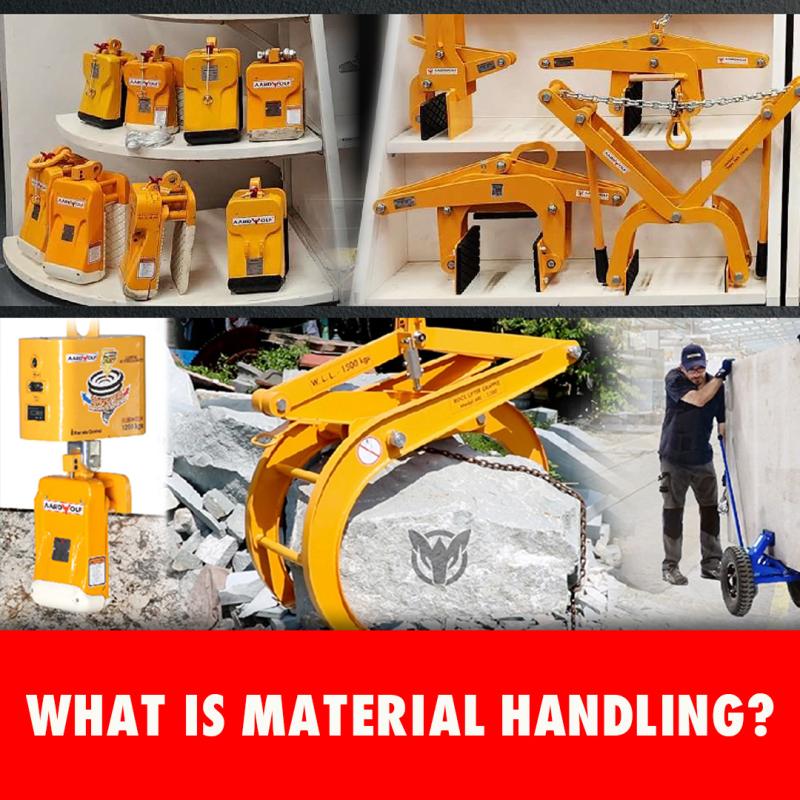
Types of Material Handling Equipment
Material handling equipment typically falls into four main categories, each tailored to specific operational needs:
For a full breakdown of Material handling Equipment, visit Aardwolf’s overview.
Storage and Handling Equipment
This category secures products when they’re not in transit:
-
Pallet racks: Vertical steel frameworks with beams that support palletized loads. Ideal for high-density storage and configurable to different pallet sizes.
-
Shelves, bins & drawers: Best for small parts, tools, or packaged goods. Modular shelving allows flexible slotting and quick access.
-
Mezzanines: Raised platforms (wood, steel, or fiberglass) that create an additional tier of storage or workstation area without expanding the building footprint.
-
Stacking frames: Metal frames designed to hold and stack multiple pallets safely, maximizing vertical space.
These solutions help you adapt storage density to inventory turnover, batch sizes, and SKU variability .
Bulk Material Handling Equipment
Focused on large volumes of loose materials—liquids, grains, minerals, and scraps:
-
Conveyor belts: Automated belts and pulleys transport materials across fixed routes, reducing manual movement.
-
Stackers & reclaimers: Machines that load or unload material onto stockpiles and then reclaim them for processing or shipment.
-
Bucket elevators & hoppers: Elevate bulk material vertically (bucket elevators) or funnel it into containers (hoppers), commonly used in agriculture, mining, and chemical industries.
Bulk handling systems increase throughput for high-volume processes and are often coupled with dust control, weighing, and automation modules .
Industrial Trucks
Mobile vehicles designed to lift, transport, and place materials within a facility:
-
Forklifts: The workhorse of warehouses, lifting pallets up to several meters. Available in electric, diesel, or LPG models.
-
Hand trucks (dollies): Simple two-wheel carts for light loads and last-mile movements.
-
Pallet trucks (jacks): Low-cost, manual or electric units for lifting and moving pallets short distances.
-
Sideloaders & order pickers: Engineered for narrow aisles—sideloaders pick loads from the side, while order pickers elevate operators to access high shelving safely.
Choice of truck depends on load weight, lift height, aisle width, and frequency of use .
Engineered Systems (Automated)
High-tech solutions managed by computer software:
-
Autonomous Mobile Robots (AMRs): Navigate dynamically using sensors and mapping, ideal for goods-to-person picking zones.
-
Automated Storage & Retrieval Systems (AS/RS): Computer-controlled cranes or shuttles that store and retrieve loads from dense racking.
-
Automated Guided Vehicles (AGVs): Follow fixed paths via magnets, wires, or lasers, moving goods between defined stations.
Automated systems integrate with Warehouse Management Systems (WMS) and Enterprise Resource Planning (ERP) platforms to optimize flow, inventory accuracy, and labor allocation .
Industry Statistics and Trends
The U.S. material handling equipment distributors market illustrates the sector’s recent performance:
-
2024 Revenue: US$ 58.2 billion
-
2024 Growth Rate: –2.1 % (YoY)
-
2025 Revenue: US$ 59.9 billion
-
2025 Growth Rate: +2.8 % (YoY)
-
CAGR 2019–2024: –2.1 %
-
CAGR 2020–2025: +3.0 %
These figures reflect a post-downturn recovery as distributors rebuild inventories and adapt to supply-chain shifts.
Reference Analytics and Key Market Metrics
A global perspective underscores rapid expansion and geographic shifts:
-
Global Market Size & Growth:
The worldwide material handling equipment market generated US$ 236.3 billion in 2023 and is projected to reach US$ 350.2 billion by 2030, at a 5.8 % CAGR from 2024 to 2030 . -
Segment Leadership:
In 2023, cranes & lifting equipment led with US$ 89.5 billion, while racking & storage equipment is the fastest-growing segment . -
Regional Shares:
Asia-Pacific captured the largest revenue share in 2023, driven by manufacturing hubs in China, India, and Southeast Asia. North America accounted for 21.6 % of global revenues . -
E-Commerce Impact:
Global e-commerce sales reached US$ 3.6 trillion in 2023 and are forecast to climb to US$ 5.5 trillion by 2027 (a 14.4 % CAGR), fueling demand for automated warehousing and high-speed picking technologies .
These analytics highlight how digital commerce, regional expansions, and segment innovations are reshaping material handling.
Benefits of Material Handling
Investing in the right systems and equipment delivers four core advantages:
-
Enhanced Workplace Safety
By reducing manual lifting, mitigating high-reach tasks, and automating heavy moves, you lower the incidence of musculoskeletal injuries and accidents . -
Improved Productivity
Automated conveyors, AS/RS, and AMRs handle repetitive transports, freeing staff to focus on quality control, value-added tasks, and customer service. -
Optimized Space Utilization
Technologies like Vertical Lift Modules (VLMs) and high-density racking allow vertical expansion and dynamic slotting, squeezing more storage capacity from existing floor plans. -
Cost Savings
Streamlined workflows reduce labor hours, minimize damage to products, and lower insurance premiums—all contributing to a faster return on investment (often within 6–18 months for major automation projects).
How Material Handling Fits the Supply Chain
Material handling is integral at every stage of the modern supply chain:
-
Inbound Receiving & Manufacturing:
Automated conveyors and AS/RS systems move raw materials directly to production lines, reducing pick-and-place downtime. -
Transportation & Cross-Docking:
Palletizers and AGVs facilitate rapid transfer between trucks and storage, enabling next-day turnaround and minimizing handling steps. -
Storage & Inventory Management:
WMS-integrated AS/RS and AMRs retrieve goods on demand, ensuring FIFO/LIFO compliance and real-time inventory visibility. -
Order Fulfillment & Last-Mile Logistics:
Goods-to-person picking, put-to-light systems, and AGVs accelerate order assembly, while dock-leveling and dock robotics speed up loading for outbound shipping. -
Reverse Logistics & Returns Processing:
Automated sortation and conveyors streamline returns inspection, restocking, or recycling—critical in e-commerce’s high-return environments.
Integrating Advanced Solutions
To remain agile, warehouses combine manual methods with cutting-edge automation:
-
Vacuum Lifter systems handle delicate panels and sheet materials, reducing breakage and operator fatigue.
-
Jib crane units deliver precise lifting in confined areas, ideal for assembly lines and workstations.
-
Gantry crane solutions move large, heavy loads across open floors, balancing flexibility with lifting capacity.
-
how to use ratchet tie down straps ensures safe securing of irregular loads on trucks and trailers.
By selecting the right mix—from hand-powered tools to fully robotic systems—facilities can fine-tune throughput rates, accuracy levels, and safety metrics.
Emerging Trends and Future Outlook
Looking ahead, material handling will be shaped by:
-
IoT & Digital Twins:
Real-time sensor data and digital replicas of warehouse layouts enable predictive maintenance, route optimization, and capacity planning. -
AI & Machine Learning:
Demand forecasting, dynamic slotting, and autonomous robotics routing will leverage AI to improve throughput by up to 25 %. -
Sustainability & Electrification:
Electric forklifts, solar-powered conveyors, and carbon audits embed environmental goals into daily operations. -
Omni-Channel Fulfillment:
Micro-fulfillment centers near urban hubs will use compact AS/RS and AMRs to meet same-day delivery demands.
Investors and operators who embrace these trends can expect lower operating costs, faster order cycles, and higher workforce satisfaction.
Key Takeaways
-
Material handling is the backbone of efficient warehouse and supply chain operations.
-
Equipment categories range from static storage to fully automated robotics.
-
The global market is expanding rapidly—projected at US$ 350.2 billion by 2030 (5.8 % CAGR) .
-
E-commerce growth and automation adoption are primary growth drivers.
-
Strategic investments in safety, productivity, and technology yield significant ROI and competitive advantage.
References













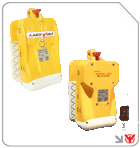

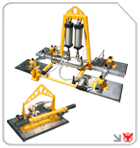
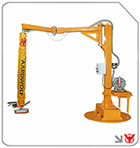
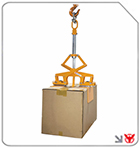
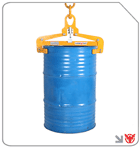

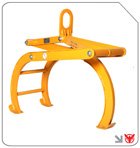

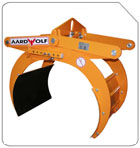
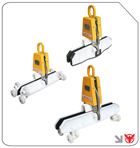


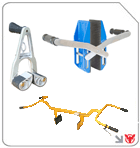
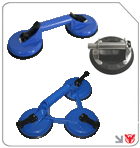

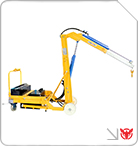

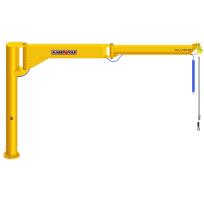
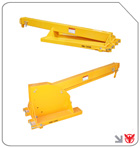
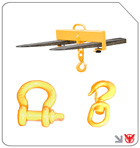
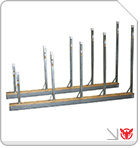
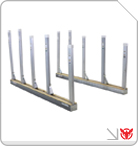
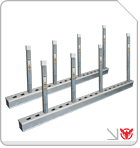



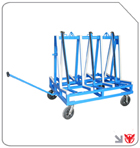

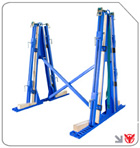
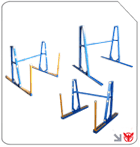
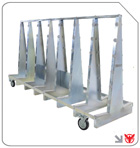



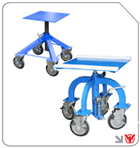




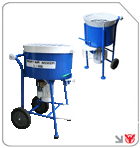

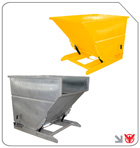

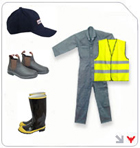
Follow us on: